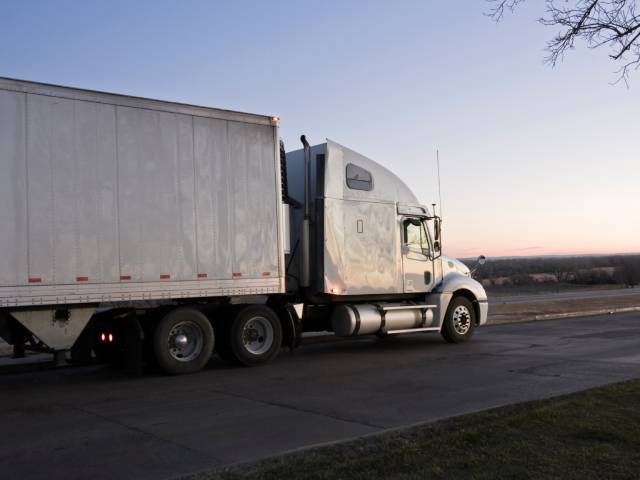

Safety in the trucking industry has come a long way, from rudimentary measures to sophisticated technologies. Understanding these advancements is crucial for running a successful trucking company. Let’s dive into how semi-truck safety features have changed over the years.
In the early days of trucking, safety was an afterthought. Basic mechanical brakes and a lack of standardized safety protocols made driving a semi-truck risky. It wasn’t until the mid-20th century that significant changes began to take shape.
The introduction of air brakes marked a turning point. Air brakes are incredibly important for semi-trucks because they provide more reliable stopping power than mechanical brakes. They are essential for the heavy loads that semi-trucks carry. Regulations started to catch up as well, with the government introducing standards that mandated the inclusion of basic safety features.
Today, modern semi-trucks have many advanced safety technologies. Anti-lock braking systems (ABS) prevent wheel lockup and maintain steering control during emergency stops. Electronic stability control (ESC) prevents rollovers and loss of control. Lane departure warning systems alert drivers if they unintentionally drift out of their lane, and forward collision warning systems provide alerts if a collision seems imminent.
Adaptive cruise control automatically adjusts the semi-truck’s speed to maintain a cautious following distance. Modern semi-trucks also feature advanced telematics that provide real-time data on vehicle performance, helping fleet managers and drivers monitor and enhance safety.
Safety isn’t just about technology; it’s also about following best practices. Regular training on new safety features and defensive driving techniques is essential for truck drivers. Routine inspections of the vehicle, especially critical components like air brakes, can prevent potential failures. For fleet managers, implementing a safety program with regular vehicle maintenance, driver training, and telematics can go a long way in ensuring the safety of the entire fleet.
Running a successful trucking company involves delivering goods on time and keeping your drivers safe. You can protect your drivers, cargo, and bottom line by staying updated on the latest safety features and best practices.
The evolution of semi-truck safety has been nothing short of remarkable. Every innovation has made our roads safer, from the early days of basic auto mechanics to the advanced technologies we see today. As we look to the future, it’s clear that ongoing advancements will continue to enhance safety and benefit everyone in the trucking industry. Whether you’re behind the wheel or managing a fleet, staying informed and proactive about safety is the key to success.
24World Media does not take any responsibility of the information you see on this page. The content this page contains is from independent third-party content provider. If you have any concerns regarding the content, please free to write us here: contact@24worldmedia.com
